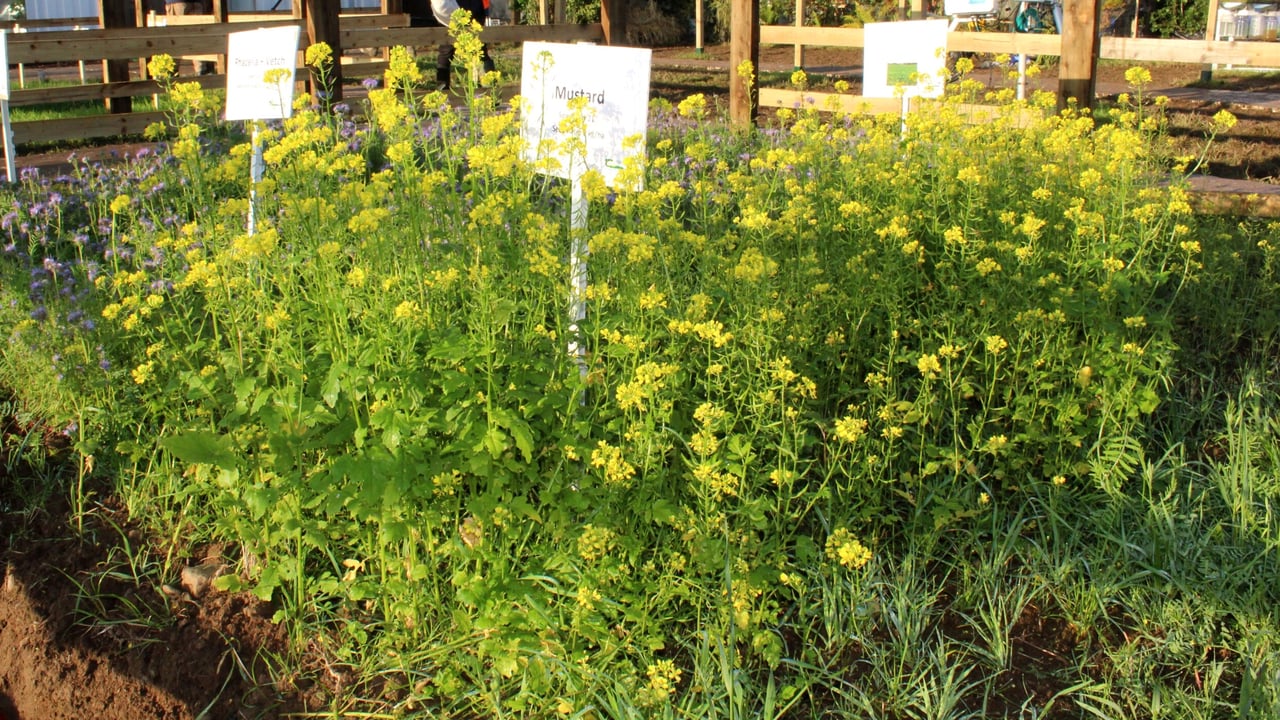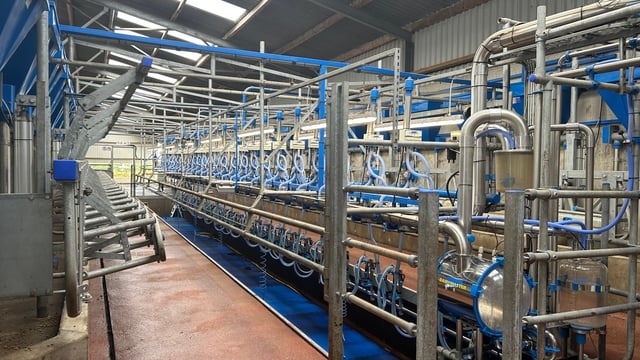The role of cover crops in tillage systems
Teagasc has confirmed that cover crops improve nutrient cycling and serve as a mitigation measure to reduce nitrate leaching.
Nitrate leaching can occur on all tillage soils, but is likely to be greatest on intensive spring-sowing tillage farms where the land remains fallow during the winter.
The sowing date of cover crops is crucial. The more growth that takes place, the more nitrates will be taken up.
Large biomass production is vital to maximise the benefits of cover crops and early sowing is essential to achieve good autumn growth and subsequent large biomass.
Experiments at Teagasc Oak Park to demonstrate the effects of sowing date on biomass production confirm a linear reduction in the amount of biomass produced, as sowing date is delayed.
The mustard in the experiment lost 2t DM/ha for each three-week delay in sowing. So, the clear message is to plant cover crops as soon as straw is removed to reap the benefits.
Other benefits from cover crops include: improved soil structure, reduced compaction, increased water infiltration, and reduced risk of soil loss in periods of heavy rainfall.
According to Teagasc tillage specialists, soil compaction is very common this year, following wet conditions earlier in the spring. Deep-rooting cover crops can play a role in alleviating some of these problems.
Meanwhile, the Potash Development Association (PDA) has published a newsletter highlighting the nutritional requirements of winter cover crops.
The publication highlights the need to ensure an adequate availability of phosphorus, potassium and sulphur, so as to maximise biomass production levels.
This is particularly the case if clovers and other legumes are included in the seed mix.
Clover can require significant amounts of phosphate due to the role this nutrient plays in root development, nutrient uptake and growth.
As phosphate is a vital component of the ‘energy compounds’ within a plant, and as the fixation of atmospheric nitrogen (N) is an energy hungry process, its efficiency is heavily reliant on plants having access to sufficient levels of phosphate.
Potash is very important in the microbiological fixation of N by root nodules in legumes, therefore is also an important nutrient for herbal leys, especially those which contain a large proportion of legumes.
Clover, along with all legumes, also has a higher requirement for sulphur than grass.
Sulphur supply is linked to N fixation and deficiency results in reduced nodulation, inhibition of N fixation, and a slowing down of nodule metabolism.





